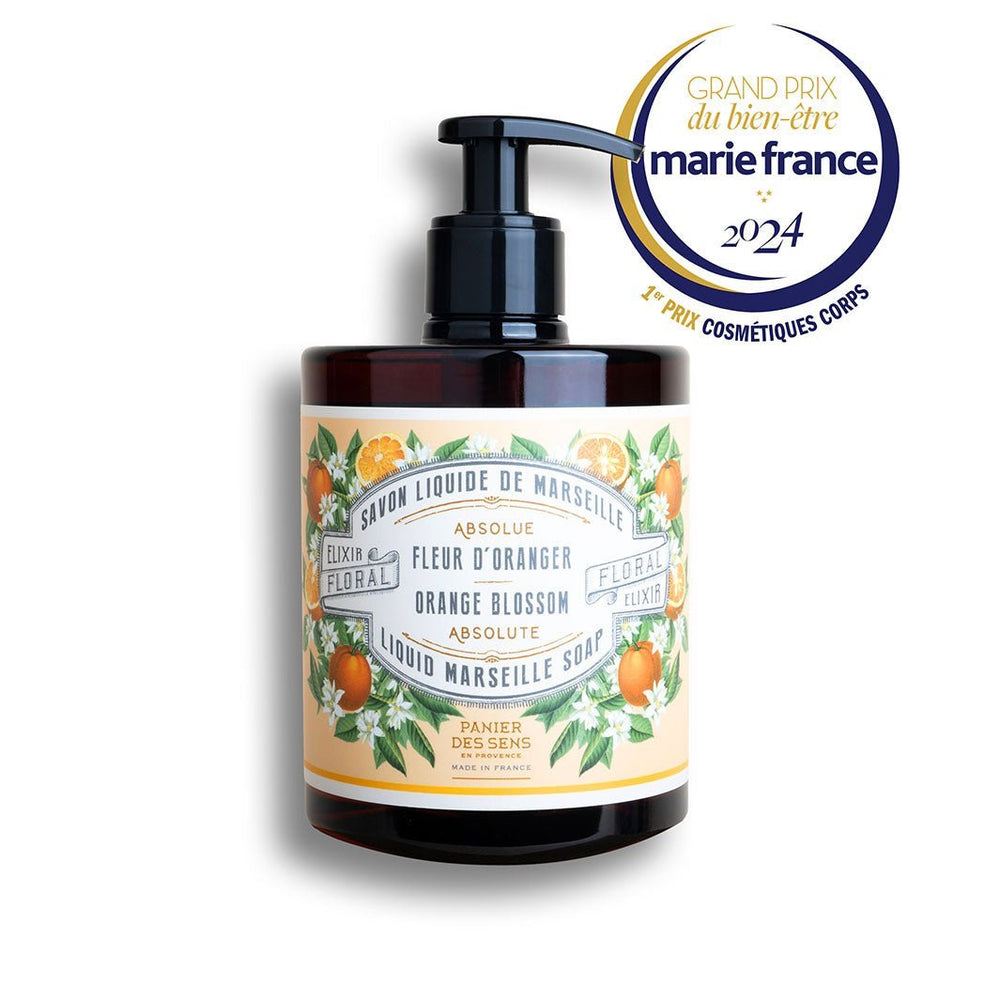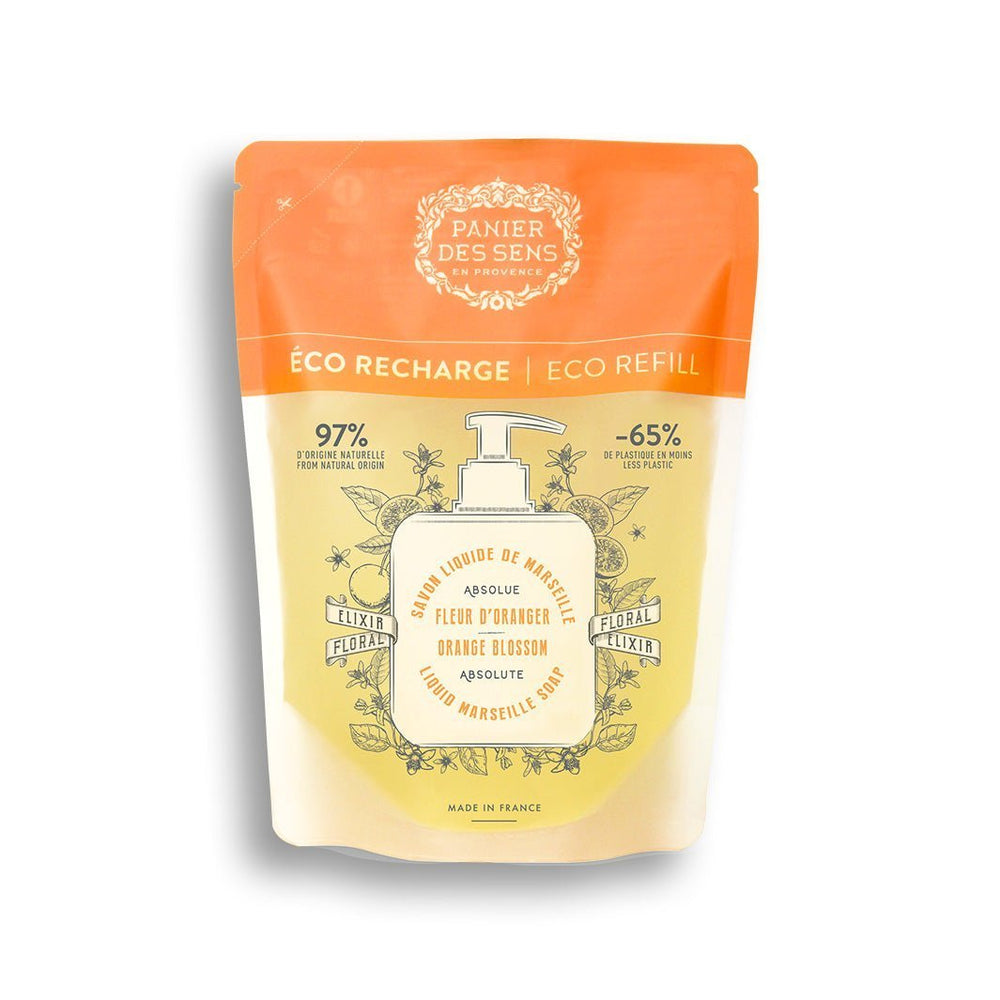How much alcohol can be found in a quality eau de toilette ?
Dive into the intoxicating world of eaux de toiletteis to discover a world of subtle, refined aromas. What is the ideal alcohol content for a qualityeau de toilette ?
On this page, we'll explore the composition and constituent elements of an eau de toilette, focusing on the essential role of alcohol. We'll then look at variations in alcohol content, considering the factors that influence it, and comparing the eaux de toilette Finally, we'll assess the impact of alcohol content on the quality and perception of your favorite fragrance, studying its influence on diffusion, hold and skin.

Definition and composition of a quality eau de toilette
The components of an eau de toilette
Une eau de toilette is distinguished by its harmonious, well-balanced composition. It is based on three main components: essential oils, alcohol and water. Essential oils, carefully extracted from flowers, woods, spices and citrus fruits, are at the very heart of the fragrance. They provide the olfactory richness that seduces and captivates. Alcohol plays a crucial role as a solvent, allowing the essential oils to diffuse elegantly as you spray your favorite fragrance.
It's also worth noting that water helps to soften the final formula. For example, an eau de toilette may contain between 5% and 15% essential oils diluted in an alcoholic base, giving it its characteristic lightness compared to a pure perfume or eau de parfum.
The role of alcohol in eau de toilette
Alcohol isn't just another ingredient; it's essential for releasing the olfactory notes of essential oils. By evaporating rapidly after vaporization, it allows the aromatic molecules to unfold fully and immediately. This rapid evaporation also facilitates uniform dispersion of the fragrance on skin or clothing.
However, not all spirits are created equal. In a high-end eau de toilette like those offered by Panier des Senswe generally use specific denatured alcohols that guarantee not only excellent volatility but also optimal respect for the skin.
Have you ever noticed how certain fragrances seem to blossom throughout the day? It's thanks to this delicate interplay between alcohol and essential oils that each note - be it top, heart or base - can emerge at its own pace to offer a complete sensory experience.
Variations in alcohol content in eaux de toilette quality
Factors influencing the alcohol content of eau de toilette
The alcohol content of eau de toilette can vary according to a number of determining factors. Firstly, the concentration of essential oils plays a crucial role. The higher the concentration of essential oils, the higher the alcohol content needed to dilute them. This is because alcohol is used to dissolve the oils and allow them to diffuse harmoniously.
Secondly, the perfumer's choice of formulas also influences this rate. For example, some designers prefer lighter, more airy compositions, requiring a higher percentage of alcohol to ensure fine, even vaporization. Climatic conditions can also have an impact on formulation: in hot, humid environments, a higher alcohol content helps to maintain the fragrance's freshness.
Have you ever noticed that your favorite fragrance looks different in each season? This could be due to the adaptation of the alcohol content to outside temperatures, in order to preserve the olfactory integrity of the fragrance.
Comparison with other fragrances
eau de toilette is clearly distinguished from other fragrance categories by its specific alcohol content. Compared to eau de parfum, which contains between 15% and 20% essential oils with a lower alcohol content,eau de toilette has a lighter composition, generally between 5% and 15% essential oils. This difference allowseau de toilette to be more subtle and suitable for everyday use.
On the other hand, pure perfume, or perfume extract, has a much higher concentration of essential oils (up to 40%) and therefore requires less alcohol for dilution. This type of perfume is exceptionally long-lasting, but can sometimes seem too intense for certain occasions or sensitive skin.
Eau fraîche or Eau Fraîche, on the other hand, contains even fewer essential oils (around 1% to 3%) and a higher percentage of alcohol, as well as much more water. It's ideal for an immediate refreshing sensation, but has limited staying power on the skin.
It's this diversity of formulations that allows everyone to find the perfect fragrance not only for their style, but also for different occasions: a light sillage for everyday wear, or a strong olfactory imprint for special moments.
Impact of alcohol content on the quality and perception ofeau de toilette
Influence of alcohol content on diffusion and hold
Alcohol plays a vital role in the olfactory experience of an eau de toilette. As it rapidly evaporates, it releases the aromatic molecules of the essential oils, allowing each note to emerge with clarity. Imagine spraying your favorite eau de toilette in the morning: immediately, the top notes - often fresh and light, like citrus or aromatic herbs - unfold to awaken your senses.
Then, as the hours pass, the heart notes take over. These floral or spicy accords gradually reveal themselves thanks to the continuous evaporation of alcohol, offering lasting olfactory richness. Finally, at the end of the day, the base notes - woody or amber - linger delicately on your skin, testifying to a well-balanced composition.
Have you ever noticed how some eaux de toilette seem to lose their intensity more quickly than others? This may be due to inappropriate alcohol levels, which affect the volatility of the olfactory components. The right alcohol concentration ensures not only even diffusion, but also long-lasting fragrance all day long.
Possible effects on the skin and precautions to be taken
While alcohol is indispensable for enhancing fragrances, it can sometimes raise questions about its effects on the skin. Some sensitive skins may react to high concentrations of alcohol with sensations of irritation or dryness. It is therefore crucial to choose a carefully formulated eau de toilette that respects fragile skin.
Take, for example, the creations offered by Panier des Senswhere each formulation incorporates specific denatured alcohols that minimize these risks while ensuring excellent volatility. For those who wish to avoid undesirable skin reactions, a few simple precautions can be taken:
- Test before use: apply a small amount ofeau de toilette to the inside of the wrist to check for any allergic reaction;
- Moisturize regularly: use an appropriate moisturizing cream to protect your skin before applying your fragrance;
- Avoid sensitive areas: apply behind the ears or on your clothes, rather than directly on the neck or décolleté.
So, if you take care to follow these few recommendations, you'll be able to take full advantage of the sensory benefits offered by your eau de toilette without compromising the comfort and health of your skin.
We recommend these other pages:
- How to spot eaux de toilette counterfeit eaux de toilette?
- What olfactory criteria indicate the quality of an eau de toilette ?
- Do the ingredients used influence the quality of an eau de toilette ?
- Do top, middle and base notes reveal the quality of an eau de toilette ?
- Are consumer feedback and opinions a good indicator of quality?







































